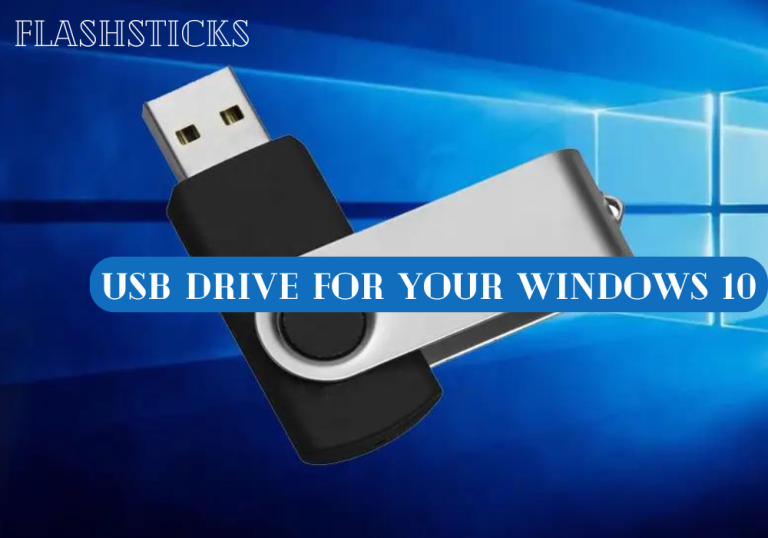Boost Your Flash Sticks Usability with These Hacks
“`Flash sticks, or USB flash drives, have become indispensable tools for storing, transferring, and securing data. Despite their common use, many people are unaware of several hacks and tips that can significantly improve their usability. In this comprehensive guide, we will explore various practical tips to maximize the performance, storage, and security of your flash sticks.
Introduction
Whether you use flash sticks for work, education, or personal use, understanding how to enhance their functionality can make a big difference. From formatting techniques to data encryption, these hacks will ensure you get the most out of your USB flash drive.
Top Hacks to Boost Flash Stick Usability
1. Optimize Storage Space
One common issue with flash sticks is running out of storage space. Here are some tips to maximize your flash stick storage:
- Compress Files: Use file compression tools like WinRAR or 7-Zip to reduce the size of large files.
- Delete Unnecessary Files: Regularly clean out files you no longer need to free up space.
- Organize with Folders: Use folders to categorize and organize your files, making it easier to find them and manage space.
2. Speed Up Data Transfer
A slow data transfer rate can be frustrating. Follow these steps to enhance your flash stick’s transfer speeds:
- Format in NTFS: NTFS format is faster than FAT32. To format, right-click on the drive in “This PC” and select “Format”. Choose NTFS from the file system options.
- Update Drivers: Ensure your USB drivers are up to date for optimal performance.
- Use USB 3.0 Ports: If your device supports USB 3.0, use these ports instead of USB 2.0 for faster data transfer.
3. Secure Your Data
Protecting your data from unauthorized access is crucial. Here are some effective methods to secure your flash stick:
- Enable Encryption: Use built-in tools like BitLocker (Windows) or FileVault (Mac) to encrypt your flash drive.
- Use Strong Passwords: Set strong, unique passwords for your encrypted files.
- Backup Data: Regularly backup important data to another device or cloud storage.
Benefits of Enhancing Flash Stick Usability
Improving the usability of your flash sticks comes with several benefits, such as:
- Increased Efficiency: Faster transfer speeds save time when moving large files.
- Greater Storage Capacity: Optimizing space allows you to store more files without purchasing additional drives.
- Enhanced Security: Encrypting data protects sensitive information from unauthorized access.
Practical Tips for Everyday Use
1. Label Your Flash Sticks
Labeling your flash sticks can help you quickly identify the contents and avoid confusion, especially if you use multiple drives.
2. Regularly Scan for Malware
Scanning your flash drive for malware ensures that no malicious software corrupts your files or spreads to other devices.
3. Avoid Removing Abruptly
Always use the “Safely Remove Hardware” option to avoid data corruption. Removing the flash drive abruptly can cause loss of data.
HTML Table: Key Hacks and Benefits
| Hack | Benefit |
|---|---|
| File Compression | Maximizes storage capacity |
| NTFS Formatting | Increases data transfer speed |
| Encryption | Enhances data security |
| Regular Backups | Ensures data safety |
Conclusion
By implementing these practical hacks, you can significantly boost the usability of your flash sticks. Whether it’s optimizing storage, speeding up transfers, or securing data, these tips ensure that you get the best performance and longevity from your USB flash drives. Embrace these strategies and enjoy a smoother, more efficient experience with your flash sticks.
If you found this article helpful, be sure to check out our other technology guides for more tips and tricks!
“`







